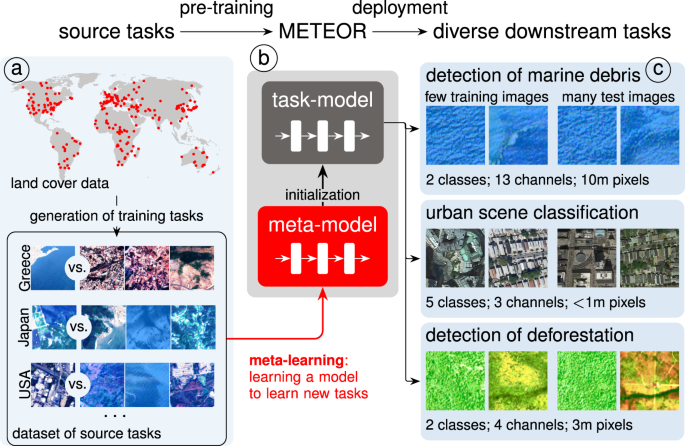2024-01-16 マックス・プランク研究所
◆球状の粒子は速やかに沈降するが、繊維状のマイクロプラスチックは大気中に長く留まり、北極や南極、成層圏にまで到達する可能性がある。この形状差により、繊維は同じ質量の球状粒子よりも遥かに遅く沈降し、モデルでは最も遠い地域に到達することが示された。また、これが雲プロセスや成層圏オゾンに影響を与える可能性があり、プラスチックの大気放出に関する基本的なデータが不足していることから注意が必要とされている。
<関連情報>
形状が重要 大気中におけるマイクロプラスチック繊維の長距離輸送 Shape Matters: Long-Range Transport of Microplastic Fibers in the Atmosphere
Daria Tatsii, Silvia Bucci, Taraprasad Bhowmick, Johannes Guettler, Lucie Bakels, Gholamhossein Bagheri, and Andreas Stohl
Environmental Science & Technology Published:December 27, 2023
DOI:https://doi.org/10.1021/acs.est.3c08209
Abstract

The deposition of airborne microplastic particles, including those exceeding 1000 μm in the longest dimension, has been observed in the most remote places on earth. However, their deposition patterns are difficult to reproduce using current atmospheric transport models. These models usually treat particles as perfect spheres, whereas the real shapes of microplastic particles are often far from spherical. Such particles experience lower settling velocities compared to volume equivalent spheres, leading to longer atmospheric transport. Here, we present novel laboratory experiments on the gravitational settling of microplastic fibers in air and find that their settling velocities are reduced by up to 76% compared to those of the spheres of the same volume. An atmospheric transport model constrained with the experimental data shows that shape-corrected settling velocities significantly increase the horizontal and vertical transport of particles. Our model results show that microplastic fibers of about 1 mm length emitted in populated areas are more likely to reach extremely remote regions of the globe, including the high Arctic, which is not the case for spheres of equivalent volume. We also calculate that fibers with lengths of up to 100 μm settle slowly enough to be lifted high into the stratosphere, where degradation by ultraviolet radiation may release chlorine and bromine, thus potentially damaging the stratospheric ozone layer. These findings suggest that the growing environmental burden and still increasing emissions of plastic pose multiple threats to life on earth.



